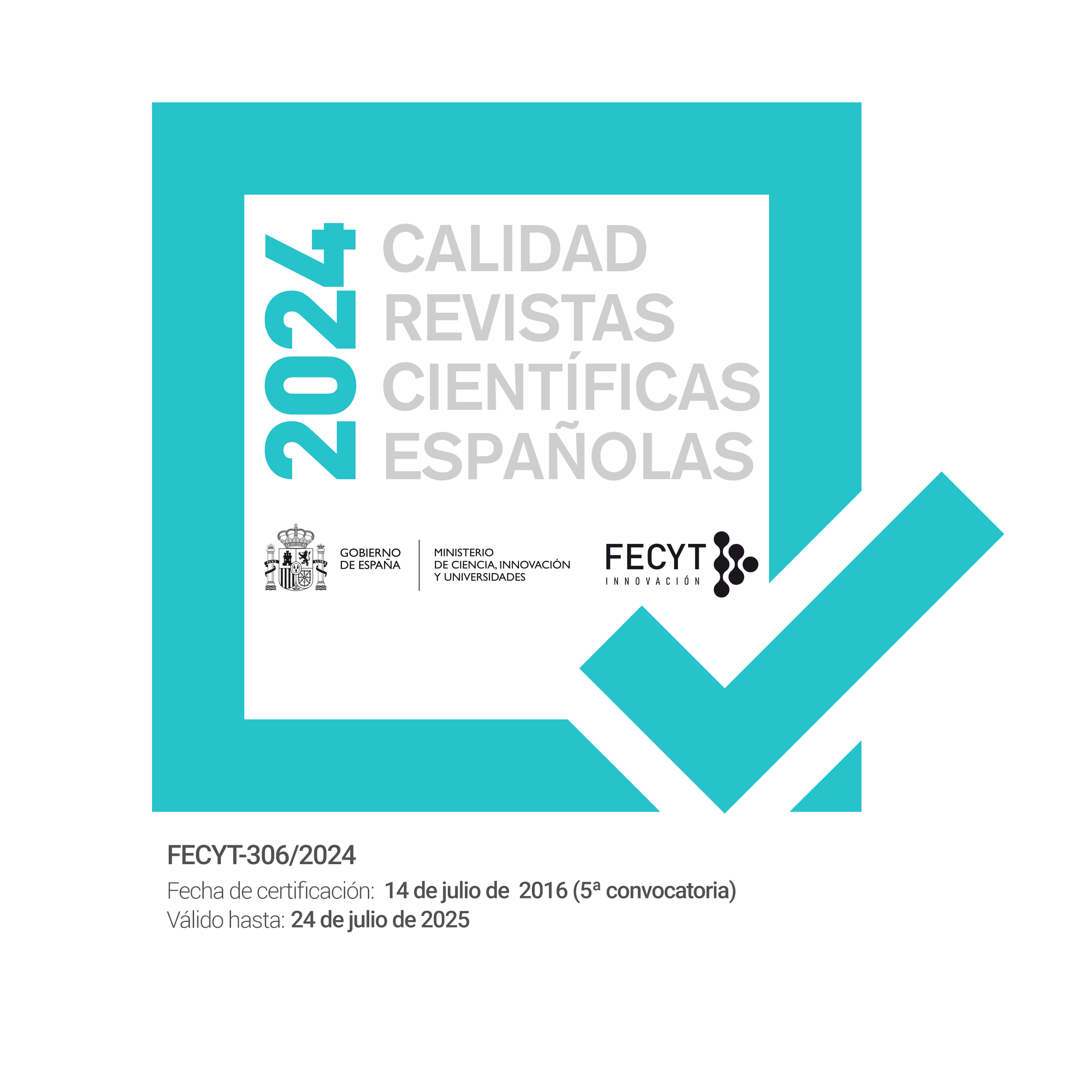The Changing Socioeconomic Gradient of First Union Formation Across Generations in Spain
DOI:
https://doi.org/10.22325/fes/res.2022.107Keywords:
socioeconnomic gradient, first union formation, competing risks, generations, SpainAbstract
This paper addresses the relationship between socioeconomic conditions and first union formation in Spain by analyzing the influence of educational attainment and employment history on the transition to non-marital cohabitation and direct marriage, highlighting inter-generational and gender-specific trends over time. To this end, this contribution approaches a longitudinal gender perspective which applies an event-history-analysis competing-risk setting to data of the last available Fertility Survey (FS) conducted by the Spanish National Institute of Statistics in 2018. Results show that, among women, the positive educational gradient of first cohabitation reversed, while the negative educational gradient for marriage intensified across generations. Regarding the economic gradient remained stable across generations for marriage entries and is still central for entering cohabitation, even if is less relevant for women in the youngest birth cohorts. For men, the influence of having achieved tertiary education lose its strength over time with each successive generation, while the effect of employment history on both cohabitation and marriage has diminished for successive birth cohorts.
Published
How to Cite
Issue
Section
License
Copyright (c) 2022 Thais Garcia-Pereiro, Carmine Clemente

This work is licensed under a Creative Commons Attribution-NonCommercial 4.0 International License.
• The transfer of the copyright of the article to Revista Española de Sociología.
• The assignment to the Revista Española de Sociología of the rights of commercial exploitation of the article to third parties both in the offset and digital formats, as well as to the search engines and platforms that may serve as intermediaries for the sale or knowledge of the article.



